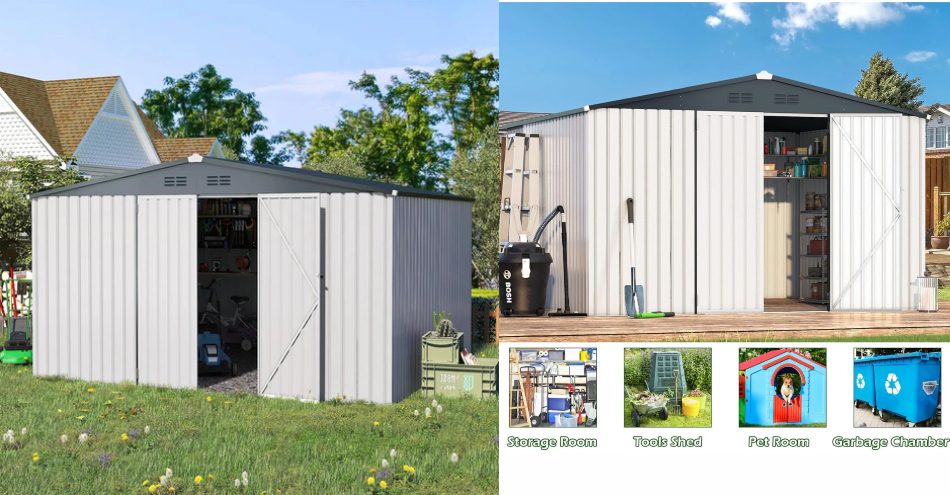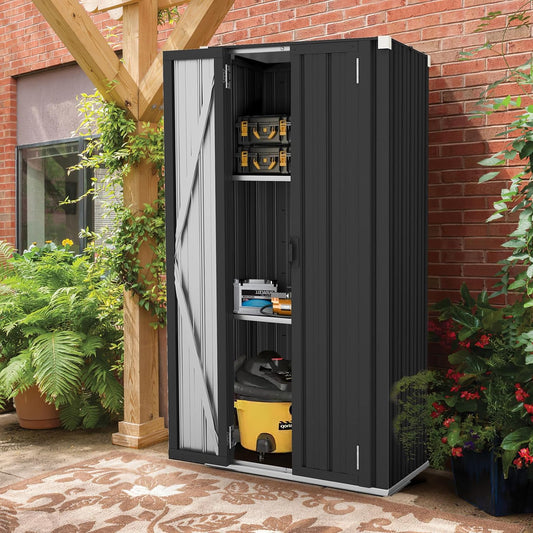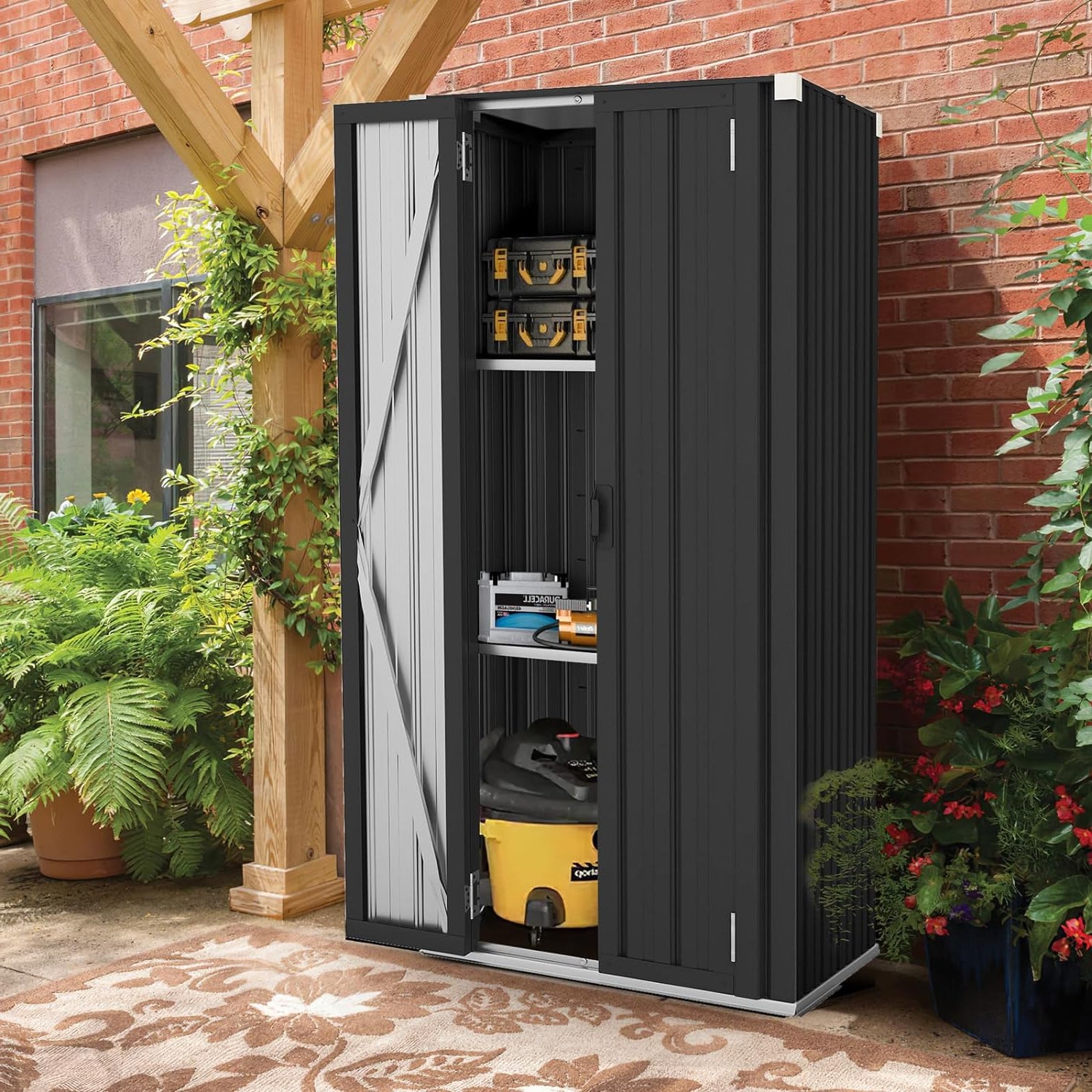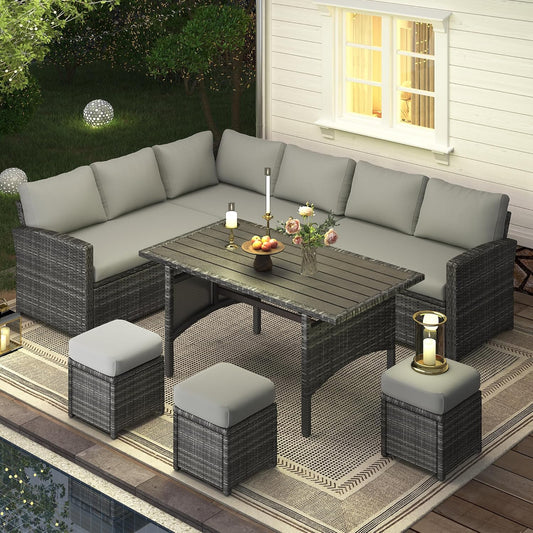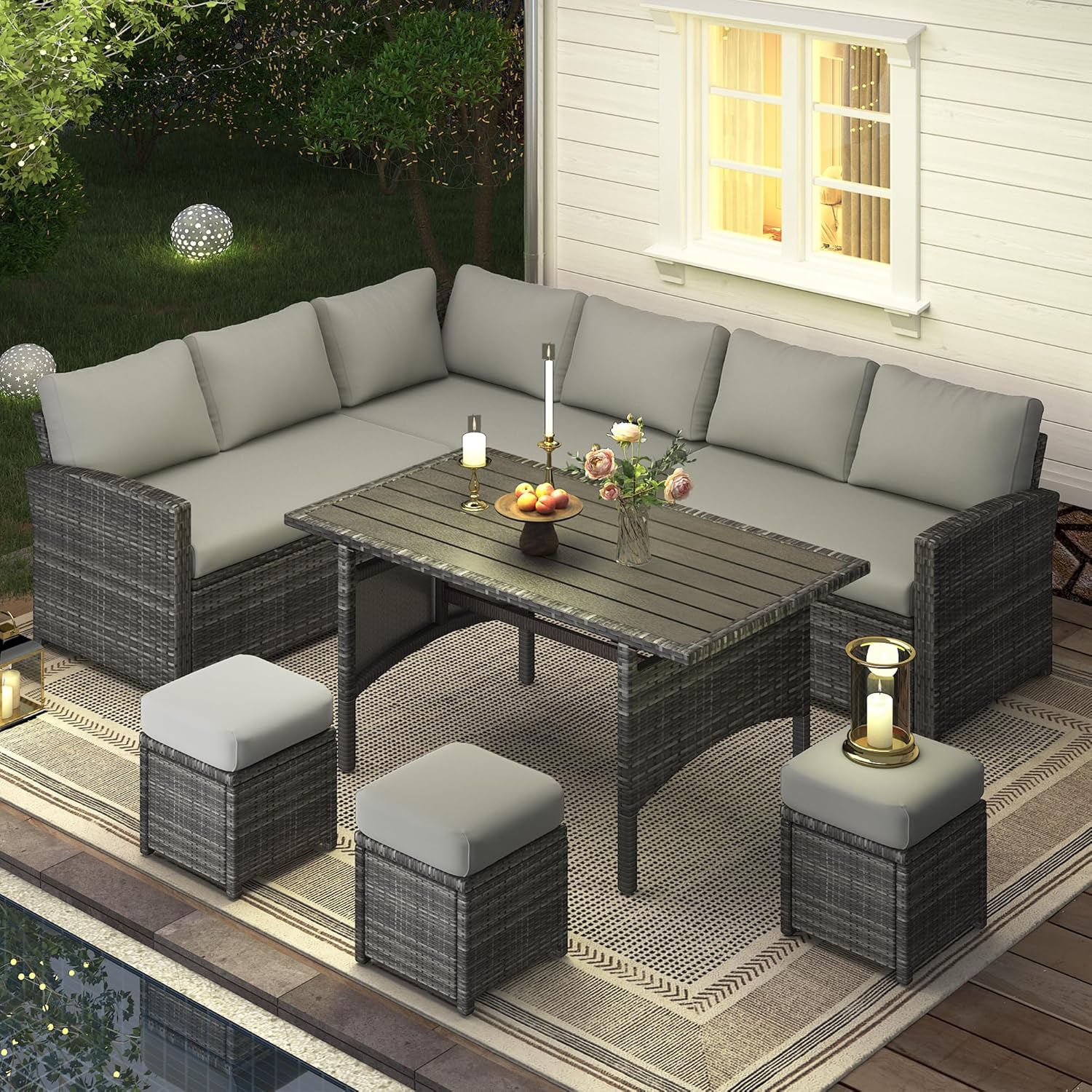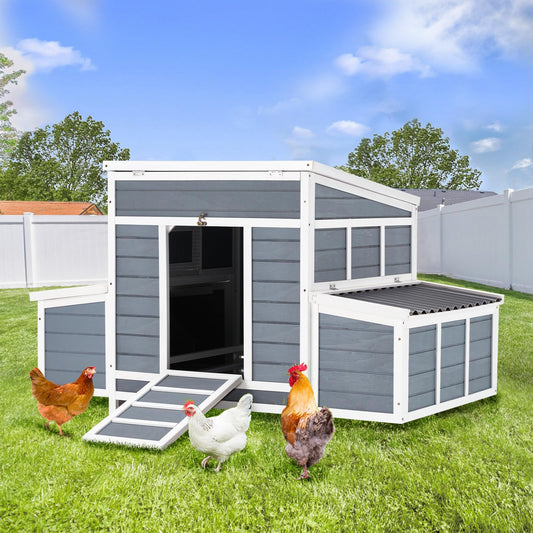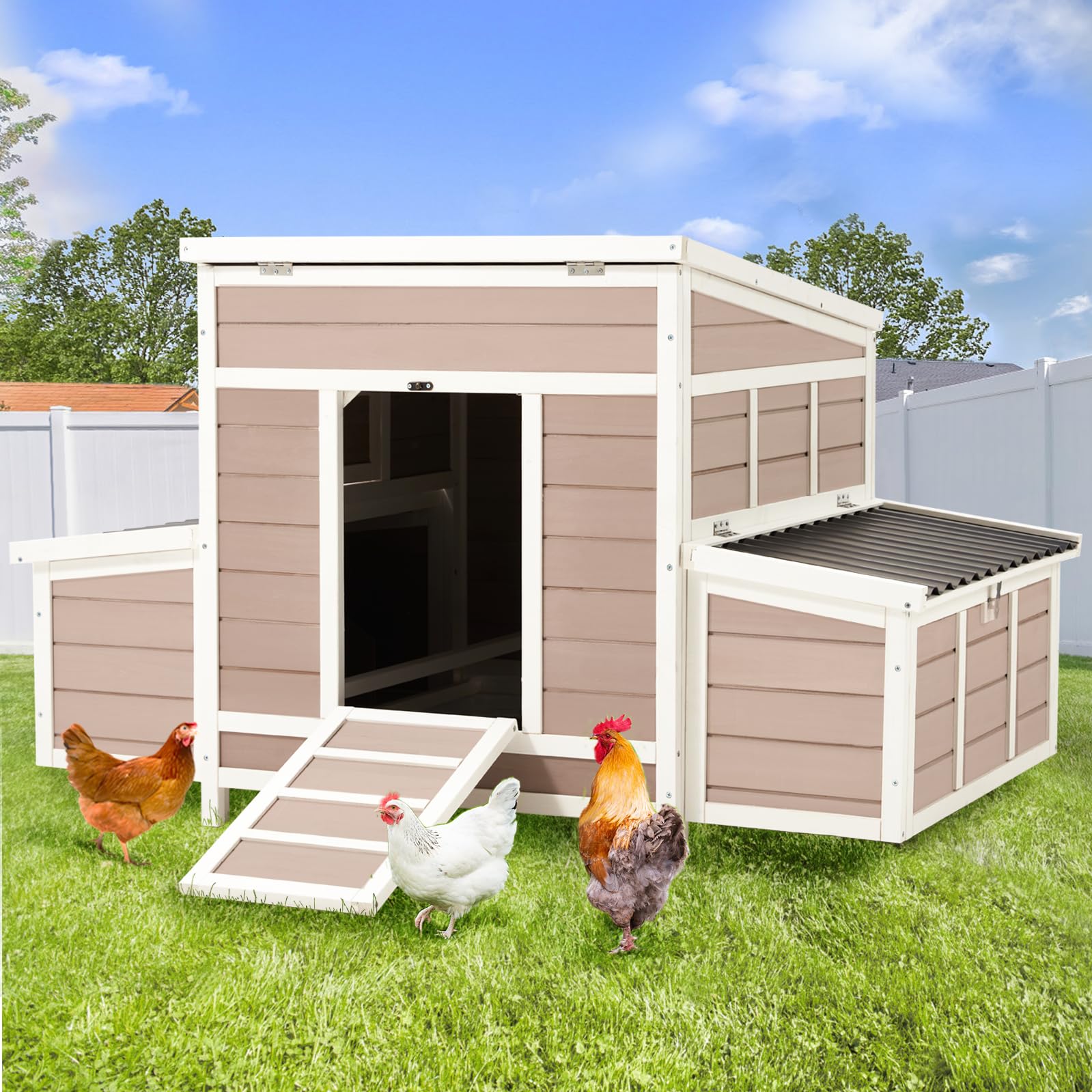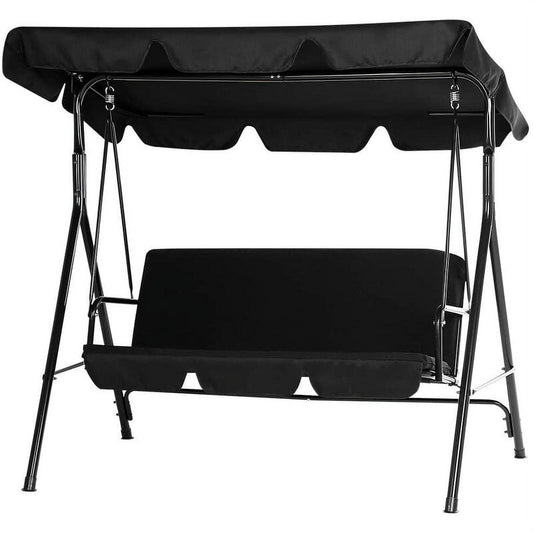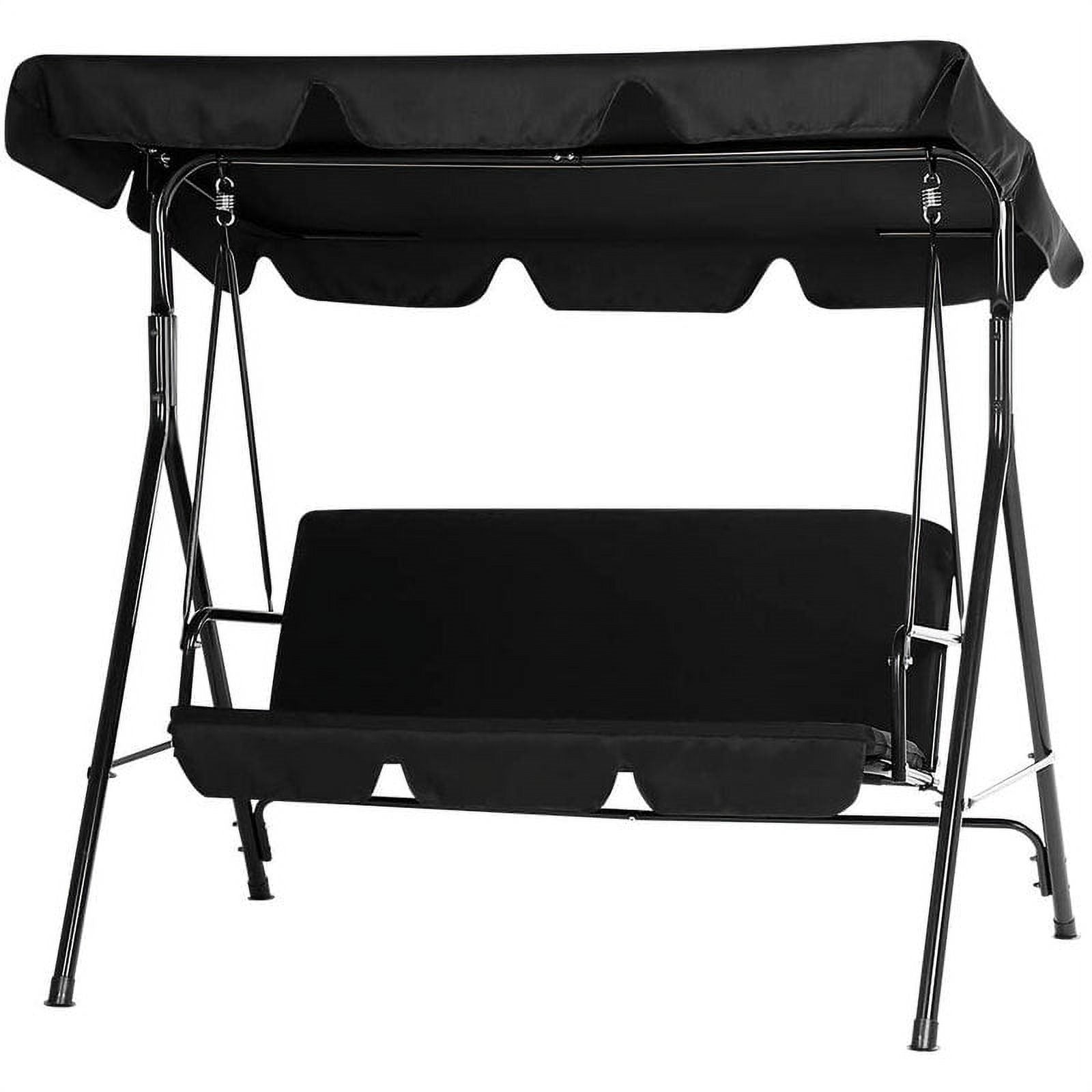Hey there, shed owners! If you’ve invested in a tool shed, metal storage shed, or backyard storage shed, you know how crucial it is to keep it in top shape. Whether it’s housing your garden tools, outdoor equipment, or seasonal items, a well-maintained shed can last years—while a neglected one might start falling apart faster than you’d expect. In this guide, we’ll share simple, actionable tips to extend the life of your garden storage shed or large shed, so you can get the most out of your investment. Let’s dive in!
Why Is Regular Shed Maintenance Important?
Imagine this: You walk into your tool shed one morning and find rusty tools, a leaky roof, or even pests nesting in the corner. Not fun, right? Regular maintenance isn’t just about keeping your shed “looking nice”—it’s about preventing costly problems and ensuring your shed stays functional for years. Let’s break down why it matters.
1. What Problems Can Poor Shed Maintenance Cause?
Neglecting your shed can lead to a domino effect of issues:
①Rot and Rust: Wooden sheds can rot from moisture, while metal storage tool sheds may rust, weakening the structure.
②Leaks and Mold: A damaged roof or cracked walls can let in rain, causing mold growth and water damage to your tools or equipment.
③Pest Invasions: Small cracks or gaps are open invitations for rodents, insects, or even birds to move in.
④Structural Damage: Over time, untreated issues like rotted floorboards or a sagging roof can make your backyard storage shed unsafe or unstable.
Example: A survey found that 60% of shed owners who skipped annual maintenance reported structural problems within 5 years, compared to just 15% of those who maintained tool sheds regularly.
2. How Does Proper Maintenance Extend Shed Lifespan?
Taking simple steps now can save you big later. For instance:
①Preventative Checks: Catching a small roof leak early might cost $50 to fix, but letting it go could lead to a $500 roof replacement.
②Preserve Materials: Sealing wooden sheds or repainting metal storage sheds protects them from rain, sun, and snow, slowing down wear and tear.
③Keep Tools Safe: A dry, pest-free shed means your tools won’t rust or get chewed up, saving you money on replacements.

This YODOLLA 6x4 metal storage shed is a game-changer for outdoor organization! With 24 sq.ft. of space, it easily fits lawnmowers, bikes, and bulky gear, while the galvanized steel construction resists rust, water, and wind up to 54 mph—built to last through any season.
What Structural Elements Should You Inspect First?
Let’s start with the basics: your shed’s structure. Think of it like checking the bones of a house—if the foundation, walls, or frame are weak, everything else falls apart. Whether you have a metal storage shed or a wooden garden storage shed, these checks are crucial.
1. How to Check for Rot, Rust, or Cracks?
①Wooden Sheds: Look for soft, spongy wood (a sign of rot) around the base, doorframe, or roof edges. Use a screwdriver to gently poke suspect areas—if it sinks in, it’s time to replace the wood.
②Metal Sheds: Inspect for rust spots, especially at joints or where water pools. Rust can eat through metal over time, so catching it early (when it’s just a small orange patch) is key.
③All tool Sheds: Check for cracks in walls, floors, or the roof. Even tiny cracks in a backyard storage shed can let in water or pests.
Pro Tip: For large sheds, walk around the exterior and interior slowly, shining a flashlight into corners to spot hidden damage.
2. What Are the Signs of a Weak Foundation?
A shaky foundation is a big red flag. Here’s what to look for:
①Uneven Floors: If the floor slopes or feels wobbly, the foundation might be sinking or shifting.
②Gaps Between Walls and Floor: This happens when the foundation settles unevenly, creating cracks that let in moisture or critters.
③Door or Window Issues: A door that won’t close properly or a window that sticks could mean the shed is warping due to a weak foundation.
Example: A tool shed on an unlevel dirt base is 3x more likely to develop foundation problems than one on a concrete slab or gravel base.
Visual Check: Structural Inspection Checklist
|
Element |
Wooden Sheds (Check for) |
Metal Sheds (Check for) |
|
Walls |
Rot, splintering, loose boards |
Rust, dents, peeling paint |
|
Roof |
Sagging, missing shingles, leaks |
Corrosion at seams, loose panels |
|
Foundation |
Soil erosion under base |
Rust on metal supports, uneven base |
|
Doors/Windows |
Warping, gaps around frames |
Misalignment, rusted hinges |
This YODOLLA 12x10ft white storage shed is perfect for large-space organization! With 116 sq.ft. of room, it easily holds outdoor vehicles, tools, and can even be converted into a workshop or pet room. Built with 210lbs of reinforced metal plates, it withstands 70mph winds, while the galvanized coating resists rust, water, and weather year-round.

How Can You Keep Your Shed Clean and Dry?
Moisture is public enemy #1 for tool sheds. It causes rust, mold, and even attracts pests. Let’s tackle how to keep your tool shed or metal storage shed dry and clutter-free.
1. What’s the Best Way to Control Moisture Inside a Shed?
①Improve Ventilation: Add vents near the roof (or install a small fan) to let out humid air. This is extra important for large tool sheds where moisture can build up. For example, a 10x12ft backyard storage shed needs at least two vents (one high, one low) for cross-breeze.
②Use Moisture Absorbers: Place dehumidifying bags or calcium chloride buckets in corners to soak up dampness. Replace them every 2-3 months, especially in rainy seasons.
③Seal Leaks Immediately: If you find a roof leak (even a tiny one!), patch it with waterproof tape or sealant right away. A small leak can lead to 5+ gallons of water intrusion during a heavy storm.
Data: Sheds with poor ventilation have 50% higher humidity levels than those with proper airflow, increasing mold risk by 70%.
2. How Often Should You Clean the Interior?
At least twice a year (spring and fall) is a good rule of thumb. Here’s a step-by-step guide:
①Empty Everything Out: Take all tools, equipment, and storage bins outside. This lets you spot hidden spills or pest activity.
②Sweep and Wipe: Use a stiff broom to sweep dirt, leaves, and cobwebs from floors and shelves. Wipe down surfaces with a damp cloth (add a little vinegar to kill mold).
③Inspect for Damage: Look for rust on metal shelves, mold on wooden surfaces, or chewed materials (a sign of pests).
④Reorganize Smartly: Use plastic bins with lids for small items, install wall-mounted tool racks, and keep frequently used tools at eye level.
Tip: For garden storage sheds, hose down the exterior walls once a month during summer to remove dirt and pollen that can trap moisture.
What Roof and Wall Maintenance Should You Do?
Your shed’s roof and walls are its first line of defense against rain, sun, and wind. Neglecting them can lead to leaks, fading, or even structural damage. Let’s break down how to keep them in top shape, whether you have a metal storage shed or a wooden garden storage shed.
1. How to Spot Roof Damage Early?
①Missing or Curled Shingles (Wooden Sheds): Check for shingles that are cracked, missing, or curling upward—these let water seep under the roof.
②Rust Holes or Loose Panels (Metal Sheds): For metal storage sheds, look for small rust spots on the roof panels or screws that have come loose. Even a tiny hole can grow into a major leak.
③Sagging or Water Stains: If the roof looks uneven or you see brown stains on the ceiling inside, the roof structure might be weakening.
Quick Fix: For minor leaks on a tool shed roof, use roofing sealant or patch tape on sunny days (moisture reduces adhesion).
2. When Should You Repaint or Seal Shed Surfaces?
①Wooden Sheds: Repaint or reseal every 2–3 years, or when the wood starts to look dull, crack, or absorb water (test by sprinkling water—if it beads up, it’s still protected; if it soaks in, time to reseal).
②Metal Sheds: Touch up rust-prone areas with rust-inhibiting paint annually, and give the entire shed a fresh coat every 5 years to prevent corrosion. A backyard
③storage shed in a rainy area may need more frequent painting.
Color Fading: If the paint or stain on your large shed looks faded or patchy, it’s a sign the protective layer is worn out.
Example: A wooden garden storage shed sealed with UV-resistant paint can reduce fading by 60% compared to an untreated shed.
The YODOLLA 5x3ft Dark Gray Outdoor Storage Shed is perfect for small-space organization! With 16.6 square feet of functional space, it can easily accommodate 2 lawn mowers, 3 children’s bicycles, or a small motorcycle. Made with galvanized steel plates for rust and water resistance, its 73-pound reinforced structure withstands 54mph winds, offering both compact design and durability.

How Do You Prevent and Handle Shed Pests?
Pests like mice, spiders, or wasps can turn your tool shed into their home, damaging tools and creating unsanitary conditions. Here’s how to keep them out—and deal with them if they invade.
1. How to Pest-Proof Your Shed
①Seal Entry Points: Use caulk or steel wool to fill cracks around doors, windows, or vents. Rodents can squeeze through gaps as small as 1/4 inch!
②Elevate Storage: Keep boxes, tools, and firewood off the floor on shelves or pallets. This makes it harder for pests to build nests.
③Use Natural Repellents: Place mint plants, cedar chips, or mothballs in corners—many pests hate these smells.
2. What to Do If Pests Invade
①Identify the Problem: Look for droppings, chewed wires, or nests to figure out what’s inside. Mice leave small, pellet-like droppings; insects may leave shells or webs.
②Traps or Baits: For rodents, use humane traps or bait stations (place them along walls, where pests usually travel). For insects, try sticky traps or insecticide sprays (always follow label instructions).
③Clean Thoroughly: After removing pests, disinfect the area with a bleach solution to eliminate odors that attract others.
 Conclusion
Conclusion
Taking care of your tool shed or metal storage shed doesn’t have to be overwhelming. By following these simple steps—regular inspections, moisture control, roof/wall maintenance, pest prevention, and smart organization—you can extend its lifespan and keep it working hard for you.












